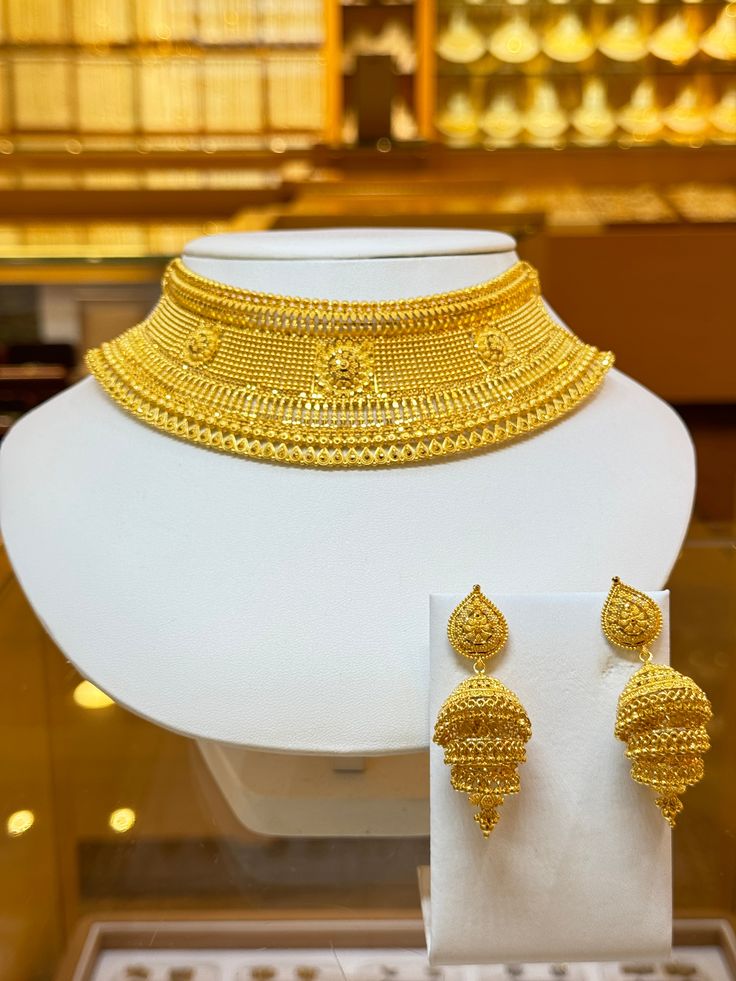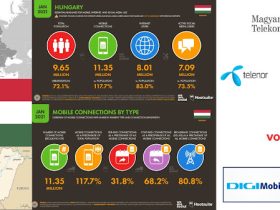
Jewelery companies in South Sudan
South Sudan’s jewelry industry is still in its nascent stages, with limited large-scale companies or established brands. The sector primarily relies on small-scale artisans and traders who produce and sell handcrafted pieces. Jewelry in South Sudan often reflects the country’s rich cultural heritage, with designs influenced by traditional motifs and symbols significant to local communities.
Local Artisans and Traditional Jewelry
South Sudan is known for its intricate traditional jewelry crafted from locally available materials like beads, copper, leather, and wood. Artisans, particularly women, play a vital role in creating unique pieces that represent cultural identity. These include necklaces, bracelets, and anklets commonly worn during ceremonies and celebrations. Traditional jewelry also often carries symbolic meaning, representing social status, marital status, or clan affiliation.
Informal Markets and Small Businesses
Most jewelry trading occurs in informal markets and small businesses in cities like Juba. Vendors sell handcrafted and imported jewelry, often catering to local tastes and budgets. While these businesses are not formally organized, they are essential to the local economy, providing income for many families. Imported items from neighboring countries, such as Uganda and Kenya, complement local designs and meet the growing demand for modern styles.
Challenges for the Jewelry Industry
Several challenges hinder the development of a robust jewelry industry in South Sudan:
1. Limited Infrastructure: The country lacks proper facilities for large-scale jewelry manufacturing. This forces artisans to rely on manual tools and traditional techniques.
2. Economic Instability: Ongoing political and economic challenges limit consumer purchasing power, affecting demand for luxury items like jewelry.
3. Raw Material Access: South Sudan is rich in natural resources like gold, but artisanal mining operations dominate, often without access to modern refining and processing methods.
4. Lack of Branding and Export Channels: The jewelry industry in South Sudan lacks established brands or significant exports, which limits its potential to reach international markets.
Opportunities for Growth
Despite the challenges, there is potential for growth in South Sudan’s jewelry industry:
1. Natural Resources: The country is rich in gold and gemstones, which can serve as the foundation for a thriving jewelry industry. With proper investment in mining and refining, South Sudan could develop high-value products.
2. Cultural Tourism: Traditional jewelry could be promoted as part of cultural tourism initiatives, attracting buyers interested in authentic, handcrafted items.
3. Skills Development: Training programs for artisans in modern jewelry-making techniques could improve the quality of local products and expand their appeal.
4. Partnerships: Collaborating with regional and international jewelry companies could bring in expertise, technology, and access to broader markets.
Future Prospects
To develop a competitive jewelry industry, South Sudan needs to address its challenges by improving infrastructure, supporting local artisans, and promoting its rich cultural heritage. Investments in mining and refining, coupled with government support and international partnerships, could transform South Sudan into a significant player in the regional jewelry market. By leveraging its natural resources and unique traditions, the country has the potential to create a distinct identity for its jewelry on the global stage.



Leave a Reply